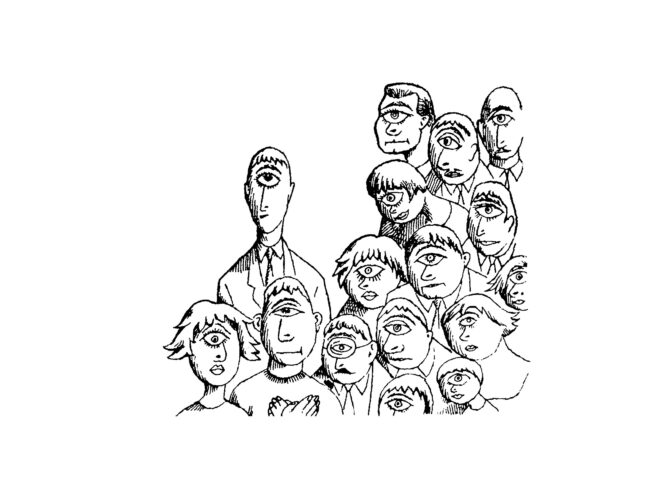
First of all, learn to give up what it’s best to do without. Second, have goals and know how to accomplish them. Third, don’t be afraid of sadness or of work. This life advice from the “Przekrój” archive has aged remarkably well.
When we announced the subject of our discussion in the Pod Gruszką Journalists’ Club in Kraków, ‘How to Keep the Joy of Life’, we heard the voices of sceptics: “And what exactly do we have to be happy about? There are way too many problems in today’s crazy world, so…”
And this ‘so’ – full of reservations in the mouths of the sceptics – became for us an argument in favour of discussion. Because it’s not a problem to keep the joy of life in situations that aren’t problematic; it’s not hard to be happy when everything’s going smoothly. But the joy of life becomes a problem worthy of discussion precisely in situations where, as in contemporary civilization, it’s easier to find stresses than positive stimuli. In such situations, you have to know how to find joy and serenity of spirit, and how to guard them carefully.
Judging by the attendance at the Journalists’ Club, it turns out that with this subject – supposedly easy, supposedly carefree and naive – we hit the bullseye. People are longing to know how to cultivate in themselves a tendency toward joy rather than pessimism and depression. Also, perhaps the monotony of daily grumbling about the problems small and large that make our lives difficult has caused us to dream of a higher level of conversation? Some kind of almost intellectual tone, rather than the tone of ordinary complaining? An attempt to reflect on oneself in the prose of everyday life?
In organizing the meeting, we weren’t guided by any kind of naive faith that it would yield ready solutions. Nor do the comments below contain those pieces of advice and formulas whose application in daily life are sufficient to achieve joy. However, they constitute an attempt to narrow down how we should behave in difficult life situations that hinder us in maintaining the joy of life; what we need to avoid, and what we should nurture in ourselves so this joy will be easier to achieve, and last as long as possible.
From the numerous entries, you’ll certainly be able to&nbs








